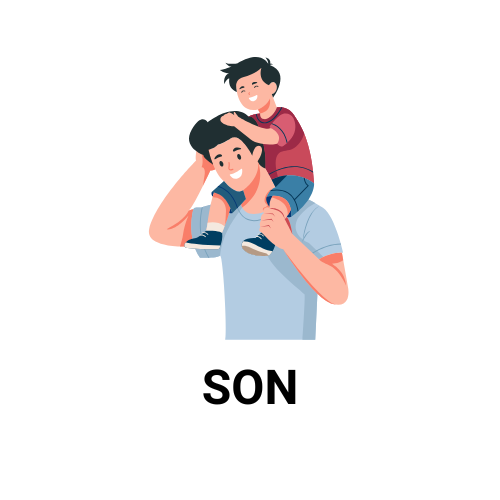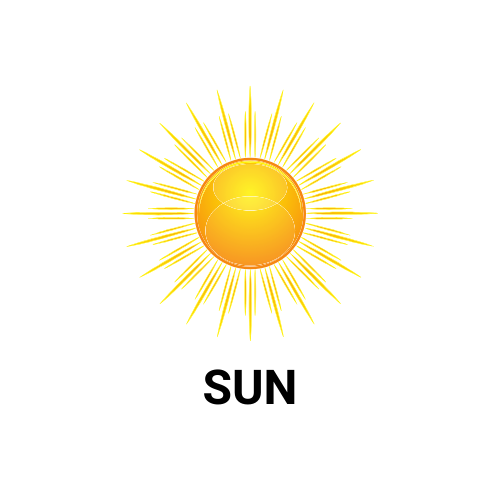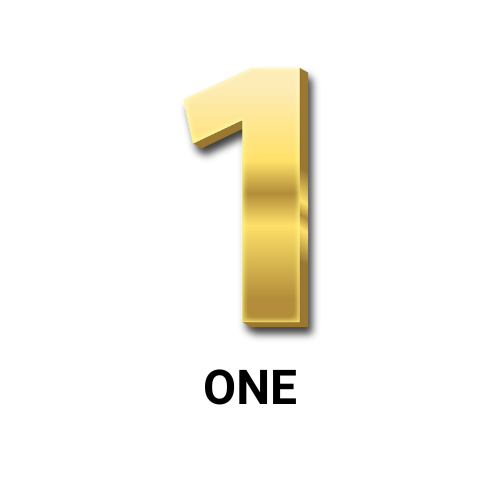Homophones with pictures
Class – Homophones with pictures by Delta publications
Key notes :
| What are Homophones? |
Homophones are words that sound the same but have different meanings and spellings. It’s like they’re twins with different personalities!
| Examples of Homophones |
| Pair 🧑🤝🧑 (Two things that go together) Example: A pair of socks. Pear 🍐 (A fruit) Example: I ate a juicy pear. | Two 2️⃣ (The number 2) Example: I have two apples. Too (Also or very) Example: I want to go too! Example: It is too hot outside! |
| Sea 🌊 (The ocean) Example: I love the sea. See 👀 (To look with your eyes) Example: I see a bird! | There (a place) Example: Put the book over there. Their (belonging to them) Example: That is their house. They’re (they are). Example: They’re going to the park. |




| Why are Homophones Important? |
Understanding homophones helps us to:
- Read and write more accurately.
- Avoid confusion when reading and listening.
- Become better communicators!
| Practice Time! |
Try to think of other homophones! Can you use them in a sentence?
For example:
- Hear and Here
- No and Know
- Sun and Son
Keep practicing and you’ll become a homophone expert!
| Summary |
In these notes, we’ve learned about homophones, which are words that sound alike but have different meanings and spellings. We looked at examples like ‘pair’ and ‘pear’, ‘two’ and ‘too’, and ‘sea’ and ‘see’. Understanding homophones improves reading, writing, and communication skills. Keep practicing to master these tricky words!
Let’s practice!
Pages: 1 2

